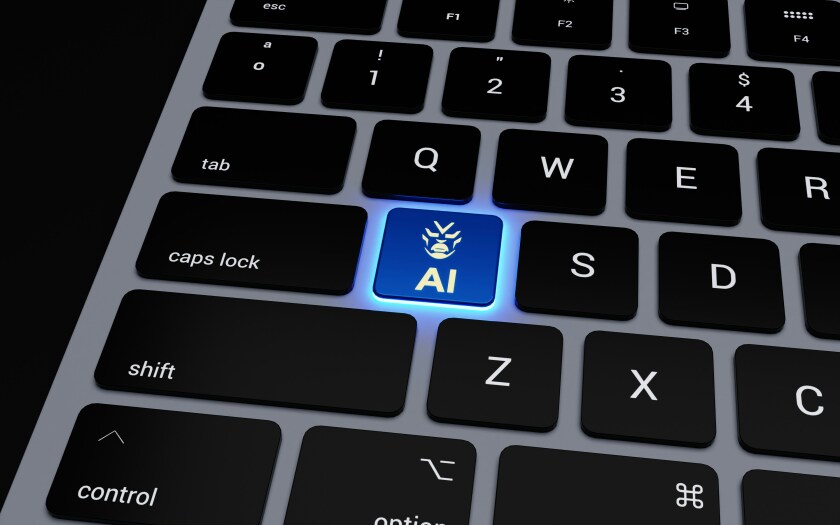At the time of its official launch in January, the team at TOPPAN Digital IP spoke about taking an innovative approach to the translations that form an integral part of the international patent filing process. What does that approach involve, and how does the business and its customers make the most of the benefits of AI within a secure and managed environment?
There is still no substitute for human knowledge and skill, and all of TOPPAN’s patent translators are experts both in the technical field they are translating and in the very specific language of patents: their core mission is not to embellish or modify, but rather to ensure that all international filings within a family provide the same scope of protection as the application on which they are based.
Content libraries and translation memories
Even so, there are plenty of ways to integrate technology into the translation process in a manner that is specifically adapted to the intellectual property space. For example, with increasing adoption of AI-enabled patent drafting software tools, more attention needs to be paid to the downstream benefits for translation. Some of these tools incorporate content libraries, which can be leveraged to ensure faster and more consistent multilingual translation at lower cost.
These content libraries can also be preloaded into more established language technology tools, such as translation memories. These ‘TMs’ form databases of content that have previously been translated for a patent applicant. The content is segmented and can be analysed for similarity to new applications, whether as a complete or fuzzy match, or even an in-context match. Once again, both quality and cost benefits accrue.
However, translation memories are less adept at handling certain content types that should fundamentally lend themselves to a technology-driven translation process. Examples include the sequence listings and analytical data often encountered in pharmaceutical and crop science patents. TOPPAN has developed integrated AI tools to identify and handle such content intelligently.
Machine translation
Once all the above tools have been combined, there are inevitably still parts of a patent that are new text – after all, a patent is all about novelty. Here, advances in machine translation provide interesting avenues, but only when deployed securely, with specialist knowledge of rules around confidentiality and disclosure.
One very interesting area being explored by TOPPAN is machine translation quality evaluation and estimation. These overlapping technologies allow the initial quality of a trained translation engine to be assessed and even that of individual text segments to be estimated, giving the human translators powerful insights into where they need to particularly focus to ensure delivery of the requisite quality. They can also be leveraged for translations of prior art citations or other documents where certain parts of the text are of greater interest than others.
Structured authoring standards
Returning to patent drafting, TOPPAN is keen to work with its partners to explore how adopting a structured authoring standard, such as DITA (Darwin Information Typing Architecture), can further optimise translation. Not only is drafting made faster and more efficient by breaking content into small, reusable topics, but the same content consistency maximises translation productivity.
DITA’s structured tagging separates text from its function and layout, enabling the automatic formatting of translated patent applications for submission to different patent offices. Moreover, DITA’s XML-based architecture supports the use of scalable vector graphics (SVG) for patent drawings: any localisable text contained in drawings can be easily extracted and reinserted during the translation step without quality loss or the need for additional graphics editing.
While the elements described above typically form a technology suite that sits upstream of the human translator, there are also downstream tools that can be used for partially automated quality assurance to support an independent reviewer. Terminology extraction tools can be deployed to continuously supplement the content libraries described above.
A secure environment for sensitive patent content
It is impossible to overemphasise the importance of providing a secure and intuitive environment to deploy these innovative tools. TOPPAN Digital Language holds ISO 27001 certification, which covers a secure content management system. Confidential content remains within the company’s own environment rather than allowing unpublished patent applications to be emailed around without proper control.
Key benefits for patent filers
From the user’s perspective, all the above aspects combine to present a range of advantages, such as the following:
Quality is improved, with the language used across a patent portfolio becoming more consistent, which offers the prospect of quicker grants and guaranteed scope;
Cases can be turned around more quickly, leaving as much time as possible to make key commercial decisions about where to file; and
Critically, costs are reduced, which can be reflected simply in lower unit costs, or can be wrapped into innovative pricing models to bring greater budgeting certainty or even to secure protection in a greater number of filing jurisdictions.
If you are interested in finding out more about TOPPAN Digital IP, you can visit the website toppandigital-ip.com or email TDIP@toppandigital.com.












